15 Quick Fixes To Use When Your Dog Starts Acting Out
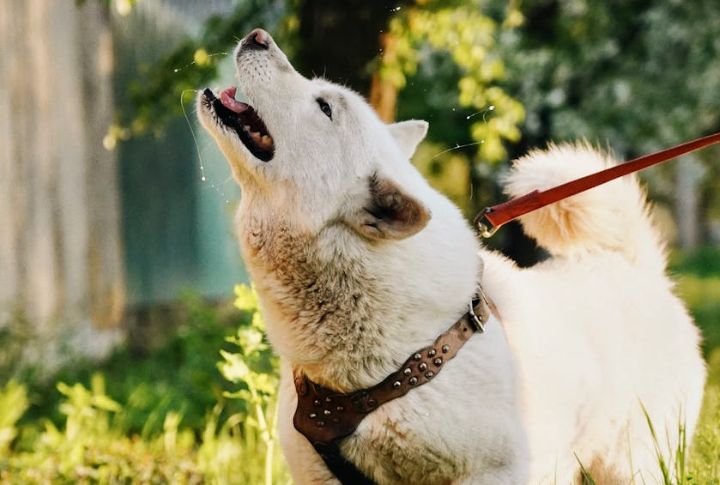
Not every meltdown needs a trainer or an expensive gadget. Sometimes, timing does the trick. Dogs repeat what works for them, not what works for you. Each behavior has a backstory worth noticing. When you learn how to redirect that energy, it gives you the upper hand. In this list, you’ll find practical ways to steady the storm before it hits.
Body Wrap Or Anxiety Vest

Gentle pressure soothes the nervous system. Body wraps or snug-fitting vests act like a hug for anxious dogs. They’re especially helpful during storms, fireworks, or chaotic gatherings. Start with short sessions indoors. The calm that follows often feels like flipping a switch without medication or commands.
Clicker Training
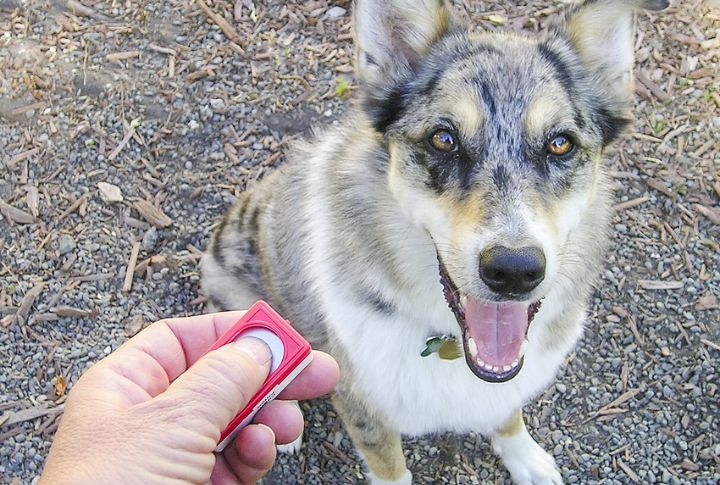
Clicker training works because dogs love instant feedback. That sharp sound stands out, making learning more engaging. Use it when your dog makes a good decision, then reward quickly. Over time, they’ll start offering better choices on their own. There is no nagging. It’s just effective, focused feedback.
Puzzle Feeders
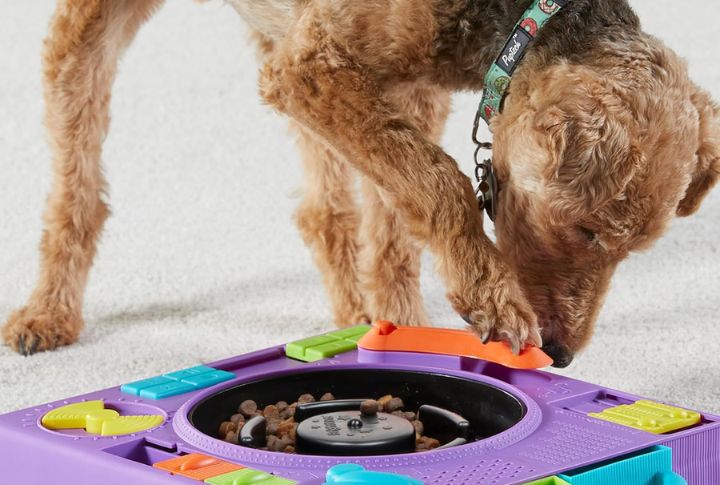
Feeding time doesn’t need to be over in sixty seconds. Extend it with a puzzle. Now, the brain and belly get a workout. When meals take effort, the tension goes down. It’s a fix hiding in plain sight that turns food into focus.
Safe Space
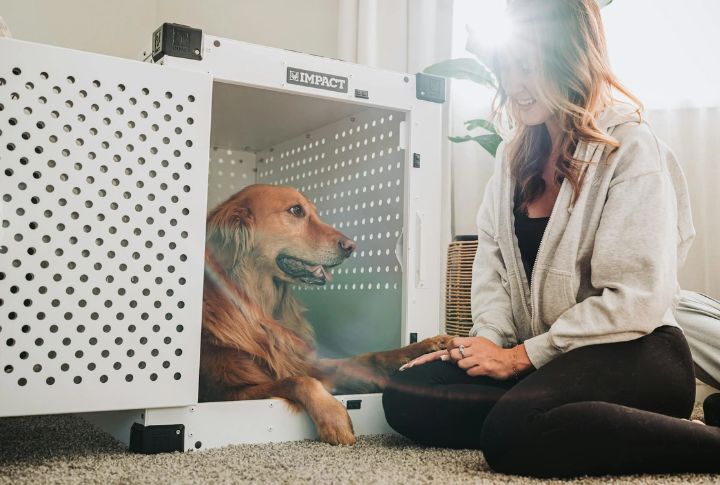
Noise, motion, and nonstop contact wear down even the best temperament. A quiet zone without pressure offers relief without instruction. Keep it neutral and always available. That physical boundary often stops meltdowns before they start. Privacy works, especially when it’s an open-door policy.
Positive Reinforcement
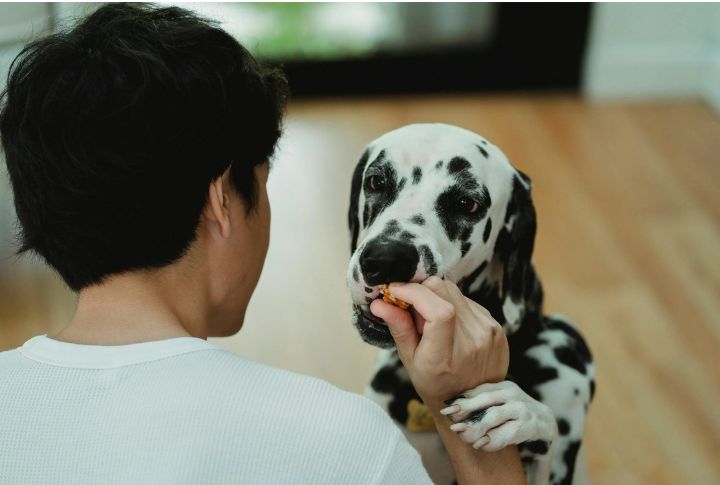
Every interaction trains something. So, reward good manners instead of reacting to misbehavior. When better behavior earns the spotlight, old habits start to fade. Be fast and intentional. What gets attention becomes the default by pattern. That’s how cooperation sticks.
Routine Walks
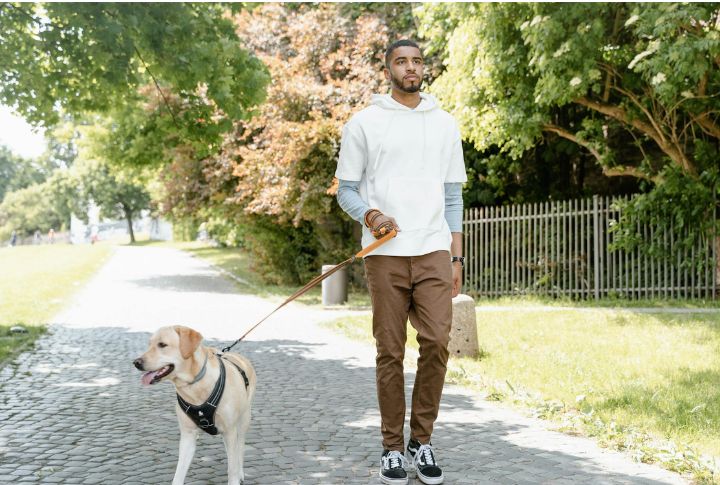
Skipping daily walks is inviting trouble. Walking regulates your dog’s energy and emotions. The subtle movement calms and the structure reassures your pet. Add a sniff session, change the route, and skip the phone. Dogs process the world in motion. Miss too many days, and your couch becomes the outlet.
Desensitization Exercises
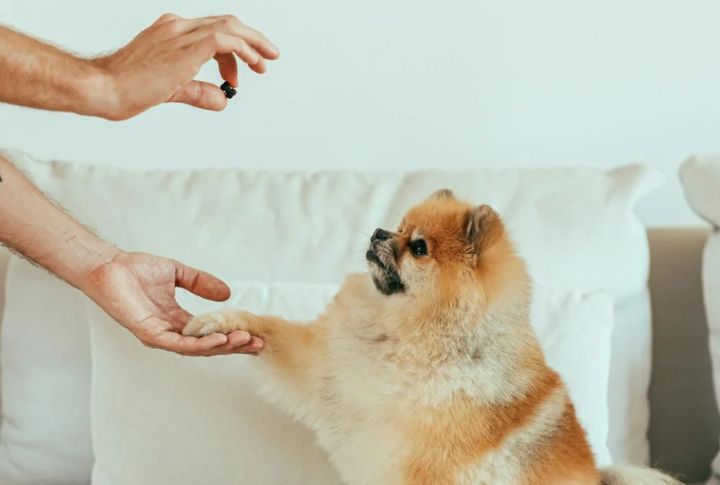
A vacuum or a doorbell shouldn’t ruin your evening. You need to reintroduce those stressors gradually and reward calm behavior. This method rewires their response from panic to peace. Keep sessions short and pair the noise with something they love. Over time, triggers become background noise instead of battle cries.
Consistent Training Sessions
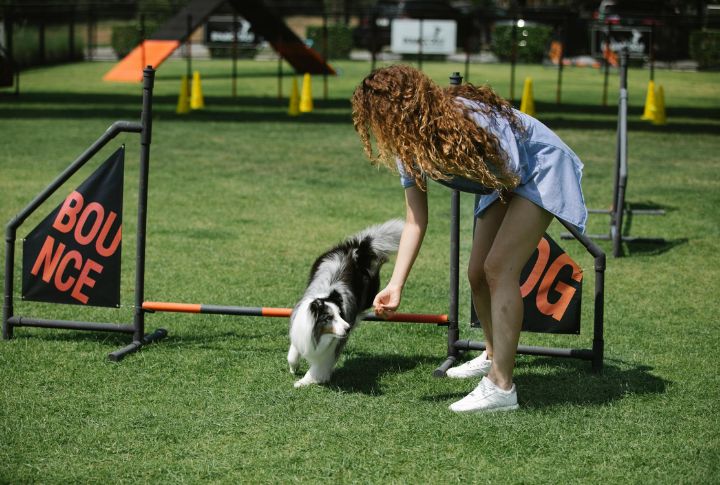
Three minutes of focused training daily beats thirty minutes of barking regret. You can try commands like “sit” or “stay” to create structure and give your dog a job. Keep it playful; always end on a win. Consistent practice gives them purpose and gives you your living room back.
Lick Mats
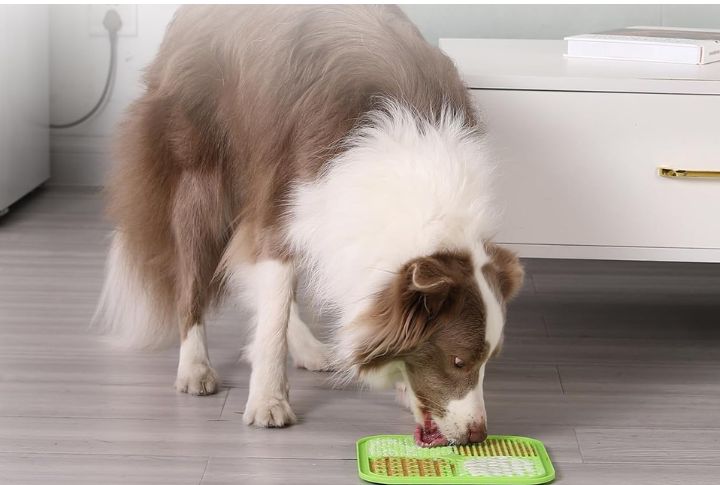
Licking activates a rhythm that slows your dog’s brain without commands. It’s repetitive and neurologically grounding. Spread a safe mix of banana and yogurt onto a mat and freeze it. This is great for downtime after high-energy play or when overstimulation hits.
Chew Toys
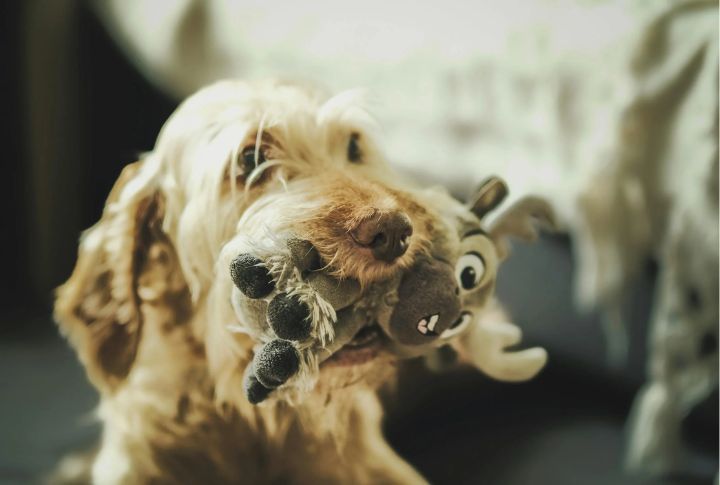
Oral stimulation handles more than teething—it addresses stress, excess drive, and idle time. So, give them durable toys built for chewing. They offer a physical and emotional outlet. You should rotate options to keep the excitement fresh. Your dog will still chew, just not on anything you’d have to replace.
Crate Training
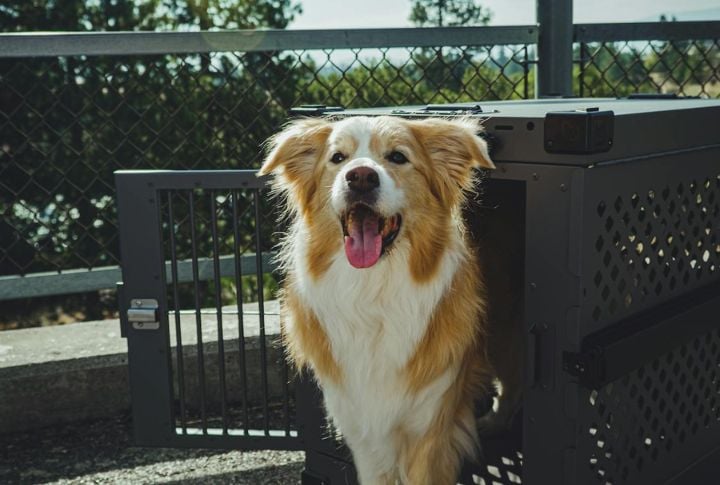
A crate done right feels more like a bedroom than a cell. It helps your dog feel safe during stress, structured during chaos, and private during overstimulation. But don’t force it. Use treats and soft bedding. Let your dog discover it’s their Space. That calm acceptance makes all the difference.
Scent Work
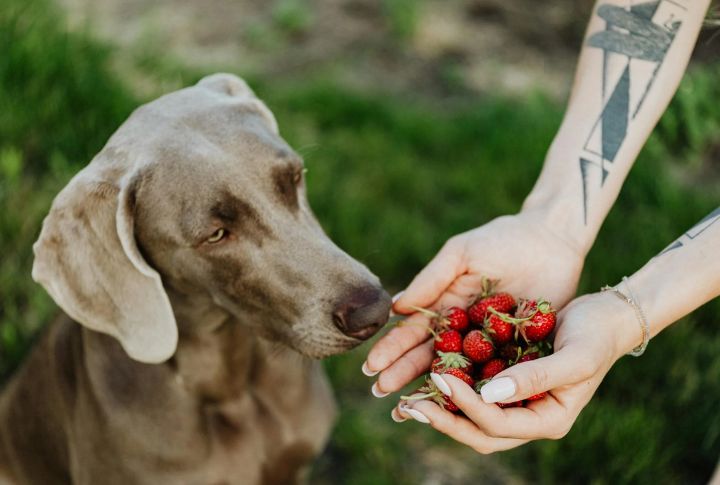
Their nose is a superpower that’s begging to be used. Hide a few treats under cups or in the backyard and say, “Find it!” Scent games require intense concentration. They tire the brain, not just the body. A dog busy sniffing has no time to cause chaos.
Tug Games
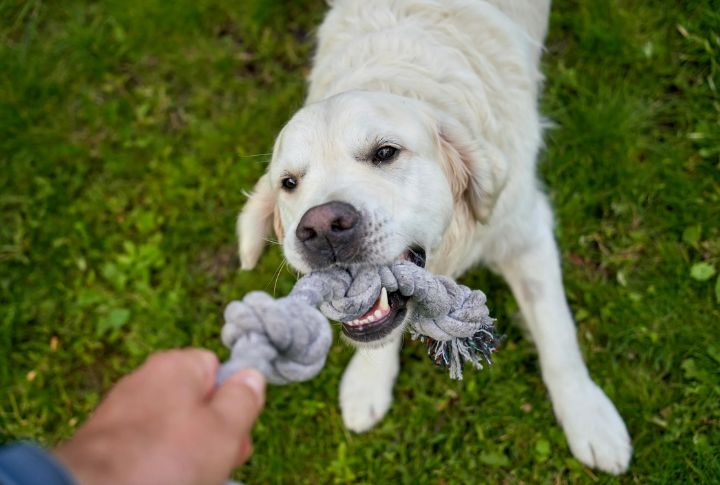
When done right, tug-of-war builds impulse control and trust. Use a designated toy, set clear rules, and add a “drop it” cue. This game is about teaching boundaries. Let them win sometimes, and stop if they get mouthy. It’s play therapy that uses joy to teach control.
Mat Settling
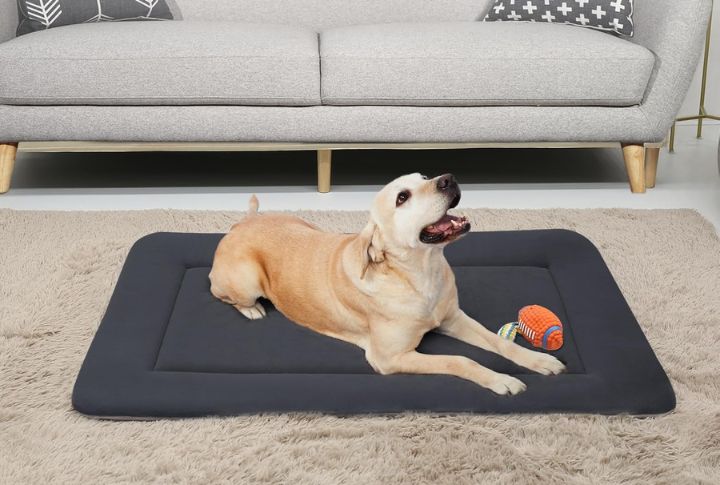
“Go to your mat” should be as natural as sitting. It signals time to switch gears, stop pacing, and stay still. Try with rewards at first, then add distractions slowly. Eventually, the mat becomes an emotional shorthand for calm. Keep one near your dinner table or front door.
Hand Targeting

Teaching a nose tap to your hand seems odd—until it changes everything. This cue refocuses overstimulated pups, gently guides them without force, and builds confidence. Start with short sessions and mark success fast. Use it to lead through crowds or squirrels and away from tantrums.






